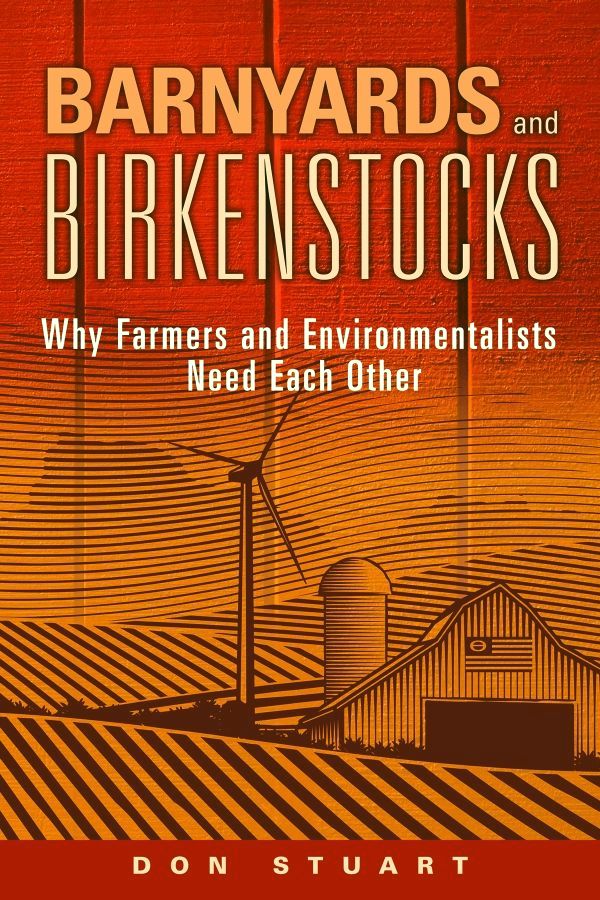- About Us
- Events & Training
- Professional Development
- Sponsorship
- Get Involved
- Resources
Author has radical proposal for rural America
In his new book, Barnyards and Birkenstocks: Why Farmers and Environmentalists Need Each Other, Stuart offers a radical proposal: collaboration. An attorney who has held director positions with American Farmland Trust, a commercial fisheries trade association, and the Washington Association of Conservation Districts, he argues that combining efforts could advance the economic needs of one group while furthering conservation activities of the other, and points out costs of continued political impasse. “[Stuart] forcefully makes the case that there is significant peril to the goals of each if the current stalemate over environmental concerns about farming operations continues unresolved,” states Peter Goldmark, Washington State Commissioner of Public Lands. To promote empathy between farmers and environmentalists, the author presents opposing perspectives on a range of topics such as incentives, regulations, government spending, environmental markets, growth management, climate change, public lands grazing, and the federal farm bill. Stuart explores agriculture’s environmental risks to water and air quality, wildlife habitat, wetlands, and human health, as well as private and public interests related to farmland loss, explaining why intervention is so necessary. Then, drawing from multiple case studies and a lifetime spent resolving conflicts, he identifies characteristics of successful community programs and suggests a model for a prosperous, healthy future. He includes a variety of tools such as sensible zoning, purchasing development rights, and creating environmental markets, and discusses situations that warrant their use. In many ways, the friction between the two sides plays out most critically at the urban edge, where access to local food is one of its major casualties. Advocates of the current local food system movement, grounded in part by the sense that local fare is more environmentally correct will also find helpful recommendations. In addition to the farmers and environmentalists mentioned in the subtitle, Stuart’s book targets conservation professionals working in non-profit organizations as well as environmental and agricultural government agencies. Released in August 2014, Barnyards and Birkenstocks is a 6" x 9", 288 page paperback. It retails for $28.95 and is available through bookstores nationwide or direct from WSU Press (800-354-7360 or online at wsupress.wsu.edu). A non-profit academic publisher concentrating on scholarly books with a cultural or historical relationship to the Pacific Northwest, WSU Press is associated with Washington State University located in Pullman, Washington. |

 PULLMAN, Wash.— Rural America is struggling. The average farmer is now 57 years old. Family agriculture is gradually fading, leading to declines in related industries. Food sources—increasingly anonymous, industrial, and international—are also less secure. Despite these concerns, many communities regularly convert prime farmland to environmentally harmful applications.
PULLMAN, Wash.— Rural America is struggling. The average farmer is now 57 years old. Family agriculture is gradually fading, leading to declines in related industries. Food sources—increasingly anonymous, industrial, and international—are also less secure. Despite these concerns, many communities regularly convert prime farmland to environmentally harmful applications.